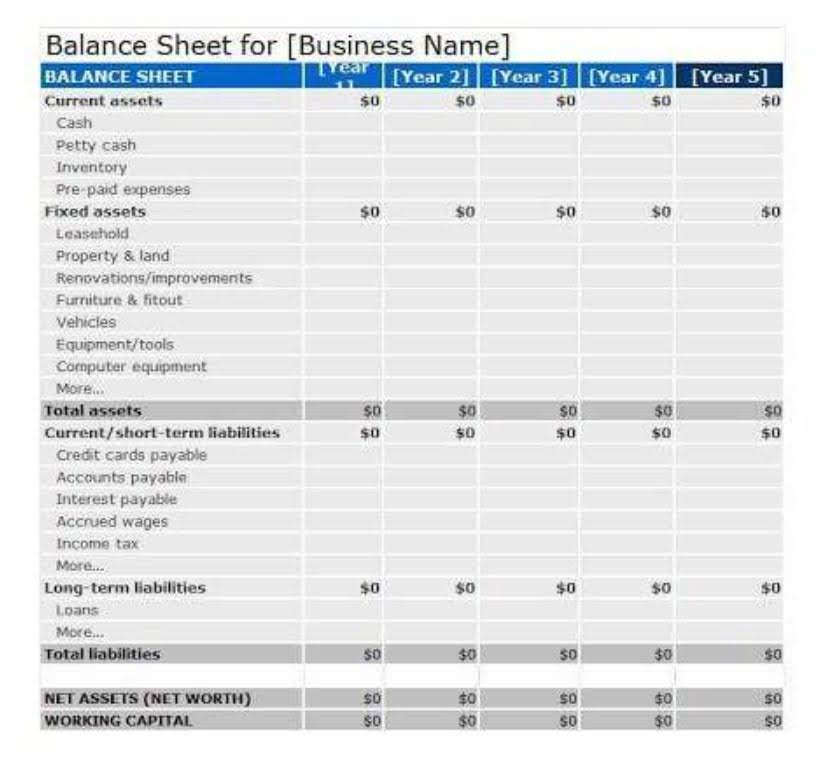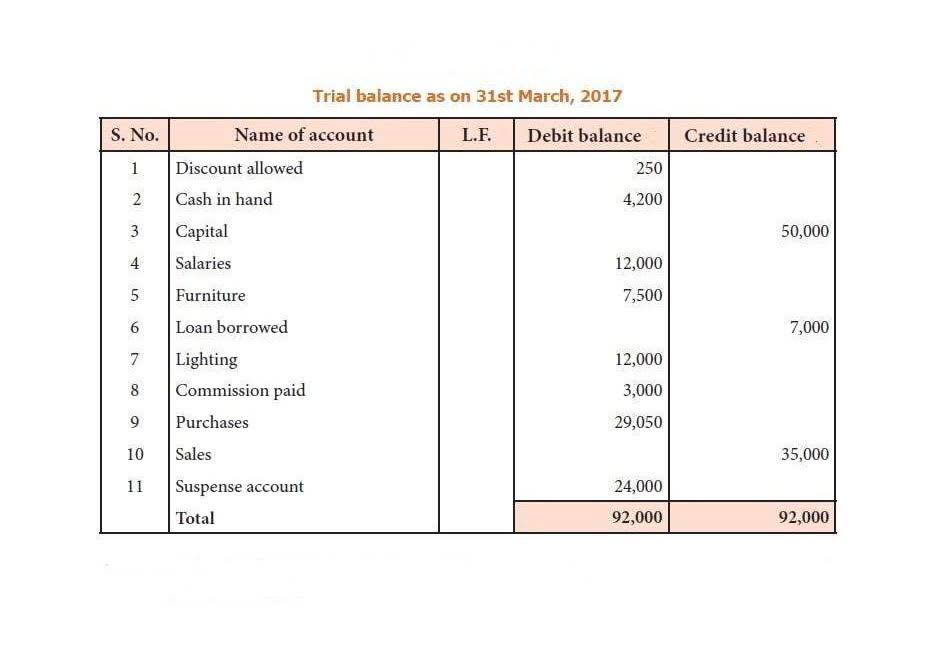For example, if a company distributes $20,000 in profits and a shareholder owns 10%, their share would be $2,000. Each entity or individual is entitled to a share of a whole that’s equal to their ownership percentage. Dividends are awarded to investors based on the proportion of their investment to the whole. Pro rata is a Latin term that translates to “in proportion.” Put simply, it is used to describe a proportionate allocation. It’s a process in which an allocated asset is distributed in equal portions. An amount is assigned to one person according to their share of the whole if something is distributed to several people on a pro rata basis.
- It ensures that everyone receives a fair share proportional to what they own or contribute.
- When purchasing an insurance policy for a shorter-than-normal period, the insurer uses pro rata to determine the exact cost for the coverage period.
- Remember, pro-rata calculations can vary depending on individual circumstances, so always double-check your calculations to ensure accuracy.
- This method safeguards transparency in financial dealings, ensuring every payout or charge is justifiable and accurate.
- Using pro rata can help ensure fair and equitable distribution of resources and contractual obligations, thereby potentially preventing legal disputes between parties involved.
Investors are compelled to sell out at a discount to the market price. For minority holders, a forced exit at an unfavourable valuation is a loss. Allocate the end value of the investment fund (Rs. 500,000) pro-rata based on each investor’s ownership percentage.
Pro Rata Payment Structures
A dividend is paid to shareholders according to their holdings when a firm declares one. The pro rata formula for calculating the Dividend per share is given below. As a result, pro-rata dividend payment means that each shareholder receives an equal proportion for each share held. Administrative agents in syndicated loans manage pro rata distributions, ensuring accuracy and addressing discrepancies, such as prepayments or defaults. Loan agreements may also include waterfall provisions, dictating the order of payment allocation—for example, prioritizing accrued interest, then principal, and finally fees.
Dividend Distribution on a Pro Rata Basis
Next, your multiply the daily rate by the number of days the employee was working to calculate the prorated amount for the partial month. Pro rata principles are critical in loan agreements, particularly those involving multiple lenders or debt tranches. These agreements specify how payments—whether for principal, interest, or fees—are distributed among creditors, ensuring fairness. In syndicated loans, where a group of lenders funds a borrower, payments are allocated based on each lender’s share of the total loan amount.
What is Pro-Rata for Interest Rates?
Pro rata is an exceptionally useful concept when the exact value of anything is difficult to determine but can be easily articulated about other related items. For example, it is commonly used to calculate part-time salaries. In addition, having flexible workers available is helpful when a team member is absent or unable to work. Employers can contact them to step in for the day and pay them proportionately for the work they have completed rather than the full salary. One of the more common uses of pro rata applies to salaried employees. Generally, a salary is compensation that is expressed as an annual sum, rather than an hourly one.
Allocating the appropriate portion of an annual interest rate to a shorter time frame can also be done via pro rata. Calculating pro-rata salary in the UK is a crucial process for ensuring fairness and accuracy in employee compensation. Let’s break down the step-by-step method of calculation, making it easy to understand and apply.
Pro-rata: Definition, How it Works, and Calculation
In demergers, small investors sometimes get shares in an entity they did not want to own in the first place. Given no choice, they end up selling these shares quickly at a loss. During acquisitions, substantial shareholders must provide an exit opportunity to minority shareholders. Takeover offers made to minority shareholders must be on a pro-rata basis.
Pro-rata ownership does not empower minority investors with proportionate control. The use of pro-rata principles across corporate actions and investment scenarios promotes equitable treatment of shareholders and upholds fairness in capital market operations. Calculate the total capital contributed by all investors over the time period.
For example, if a company issues 100 shares of stock and you own five shares, your pro rata share of the business is 5%. If the business made a profit of $100,000 and distributed all of it to shareholders, you’d receive $5,000 from the company. The pro-rata insurance premium is calculated by multiplying the annual policy premium by the ratio of the number of days covered to the total number of days in the policy period.
It ensures that each shareholder receives an amount proportional to their shareholding. This pro rata interest method of proportionate allocation is a common practice in business finance and ensures fair distribution among all parties involved. The key point is that pro-rata looks at the actual time an investment or loan was outstanding when calculating interest rather than simply applying the full-term interest rate. This provides a fair and accurate determination of interest owed based on the time period the Principal was actually held or borrowed. Pro-rata allows for proportional interest calculations in situations where interest rates change mid-period or the Principal is held for less than the full original term.
- Companies may distribute profits as cash dividends or stock dividends.
- This equitable distribution of debt can prevent potential legal disputes and ensure a fair resolution for all parties involved.
- Salaries usually assume the employee is working for the entire year for a minimum number of hours per week (usually 40).
- This process, governed by articles of incorporation and securities laws, mandates transparency and adherence to guidelines.
- If you prepaid for six months or a year of insurance and cancel before it’s time to renew, you don’t just lose the money.
Options trading entails significant risk and is not appropriate for all customers. Customers must read and understand the Characteristics and Risks of Standardized Options before engaging in any options trading strategies. Options transactions are often complex and may involve the potential of losing the entire investment in a relatively short period of time.
Dividends are profits that a company shares with its shareholders. The distribution of these dividends is done on a pro rata basis, ensuring that each shareholder receives a fair share based on the number of shares they own. Consider a company that wants to distribute profits among its shareholders. The company would calculate the pro rata share based on the number of shares each shareholder owns. This division ensures each shareholder receives an equitable share of the profit, proportional to their ownership in the company. One common example of pro-rata in the Indian stock market is in the allocation of shares during an Initial Public Offering (IPO).
Because you only lived in the apartment for 20 days, you’d only owe the landlord 20 days of rent for the month of June. The application of pro rata in legal scenarios can vary, contingent on the contract’s specifics and the involved parties’ rights and responsibilities. It’s important to understand how pro rata is defined and applied legally to avoid potential disputes.
This principle, known as proration, ensures fairness in personal and business dealings by aligning costs with actual usage, ownership, or time. Using pro rata can help ensure fair and equitable distribution of resources and contractual obligations, thereby potentially preventing legal disputes between parties involved. Pro rata and prorated refer to different types of proportional allocations – pro rata being based on a specific factor or criteria, while prorated referring to time period or usage. You would divide the interest rate by 12 and then multiply the result by the number of months. Another example you might encounter is if you switch your insurance provider mid-cycle.
First, identify the full-year salary for the role, which is the total annual salary for a full-time employee working a complete year (52 weeks). Making payments or decisions on a pro-rata basis allows for things to be done fairly and without injustice. Having a good understanding of how it is done enables you to deal justly with your employees or know if your employer is being just with you. The term pro-rata actually comes from the Latin term prō ratus which means per the rate or proportionally. Let’s say I was working in Goldman Sachs and was to receive a $240,000 bonus apart from my annual salary on completing 12 months of employment.
However, if we want to know the exact number of years it takes to recover the investment of 3 years then again we need to use the pro rata basis concept. Here we calculated using the ultimate value and divided it by months. In reality, it involves dividing based on specific factors, which doesn’t always result in equal parts. It helps adjust amounts, such as rent for a partial month or interest on savings for specific periods. Pro rata is a Latin term that means “in proportion,” referring to the proportional allocation or distribution of something. Since you didn’t own the property for the first two months and five days of the year, you’d receive a credit from the seller at closing in proportion to the time they owned the property.














